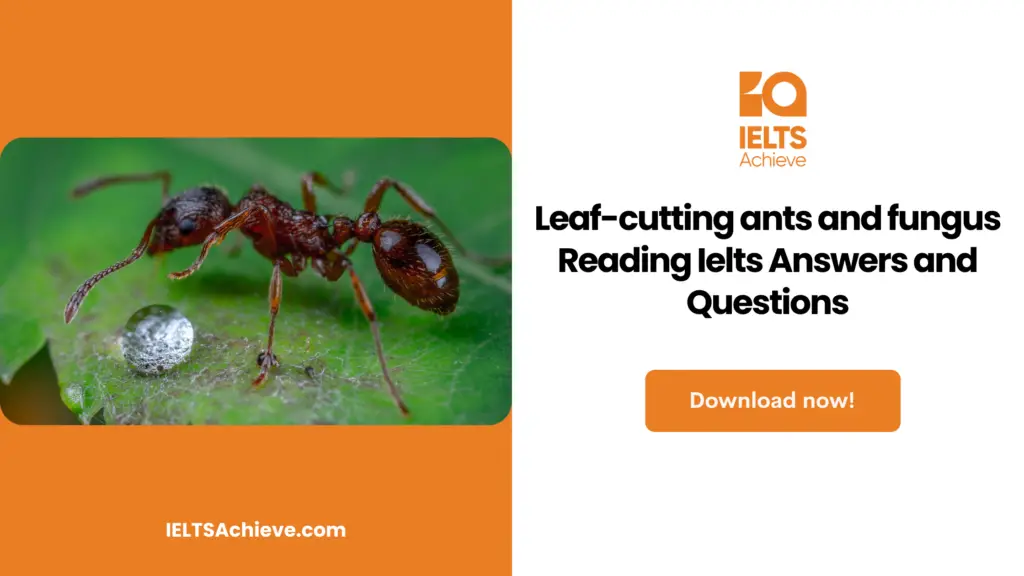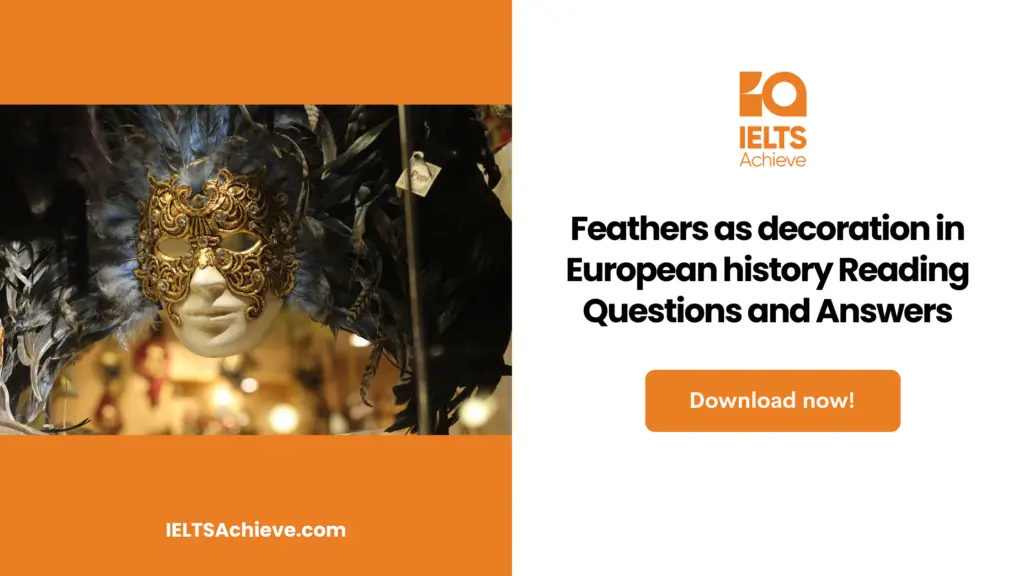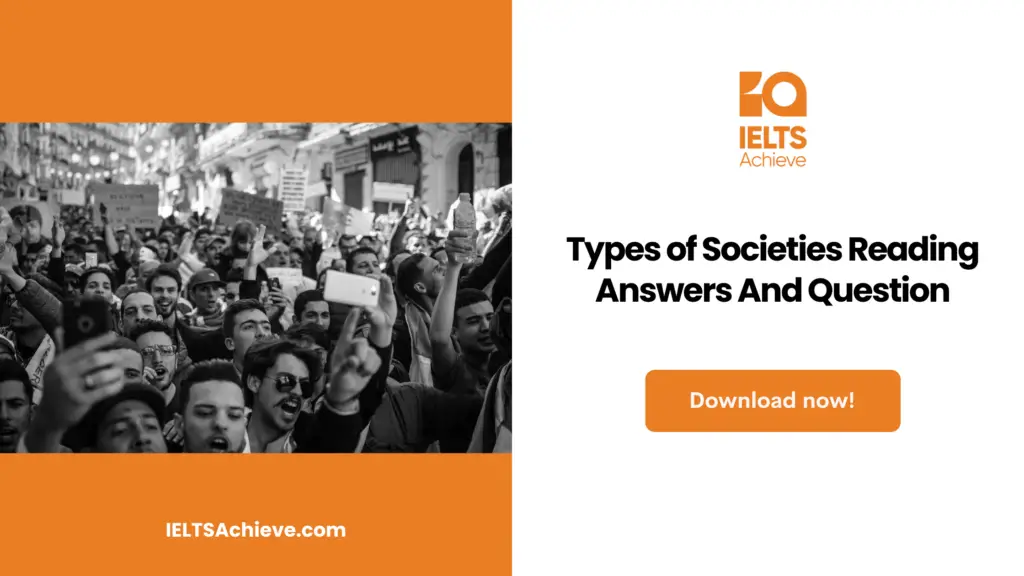The Blog post contains the following IELTS Reading Questions:
- IELTS reading matching features
- IELTS reading locating information
- IELTS reading multiple choice questions
Stay informed and prepared for success – Explore our comprehensive Reading Test Info page to get valuable insights, exam format details, and expert tips for mastering the IELTS Reading section.
IELTS Reading Passage: Leaf-cutting ants and fungus

Leaf-cutting ants and fungus
Although the ants and their agriculture have been extensively studied over the years, more recent research has revealed intriguing new information about the fungus they grow, how they domesticated it, and how they maintain it free of pathogens. For instance, it turns out that the fungus farms that the ants were supposed to keep clean of pathogens are susceptible to destructive mold only found in ant nests. The ants long ago made a discovery to control the mold that would be a credit to any pharmaceutical laboratory.
The mutual dependence of two species, exemplified by leaf-cutting ants and their fungus farms, is a wonder of nature. It is also the most well-known example of symbiosis. The accomplishment of the ants is noteworthy – biologist Edward O. Wilson has referred to it as “one of the major breakthroughs in animal evolution” – because it enables them to consume the otherwise poisoned harvest of tropical forests, whose leaves are laden with terpenoids, alkaloids, and other chemicals designed to sicken browsers.
Because all gardening ants are members of the same tribe and are therefore descended from the first fungus farmer, fungus farming appears to have only occurred once throughout evolution. The attine ant tribe consists of more than 200 species, categorized into 12 groups or genera. The groups that are known as the lower attines, whose nests are smaller and their methods more rudimentary, feed their gardens with detritus like dead leaves, insects, and feces. The leaf-cutters use fresh vegetation. A group of four biologists, including Ulrich G. Mueller, Ted R. Schultz, Ignacio H. Chapela, and Stephen A. Rehner from the US Department of Agriculture, examined the DNA of ant funguses in 1994. They discovered that the widely held belief that fungi are all descended from a single strain is only partially accurate.
The fungus that caused leaf-cutting was in fact descended from a single strain and had at least 23 million years of clonal or simple budding reproduction. However, the four biologists found that the lower attine ants used various strains of the fungus, including in one instance a completely different species. Mr. Currie thought that Cameron R. Currie, a Ph.D. candidate at the University of Toronto, resembled the monocultures of different human crops, which are very productive for a while before succumbing to some terrible pathogen, like the Irish potato blight. Monocultures are easy prey for parasites because they lack the genetic diversity to adapt to changing environmental threats. Mr. Currie believed that the ant-fungus system must contain a parasite. The theory, however, received no support from a century of ant research. Books explain how leaf-cutter ants meticulously rid their gardens of any unwelcome creatures. “You know the ants keep their gardens free of parasites, don’t you?” people kept saying to me. Mr. Currie spoke of his efforts to track down a covert intruder.
Attine ant gardens are far from infection-free, Mr. Currie found after three years of searching through them. He and two colleagues, Dr. Mueller, and David Mairoch, isolated a number of alien organisms that were published in the Proceedings of the National Academy of Sciences last month, particularly a family of parasitic molds known as Escovopsis. Escovopsis is a pathogen that is extremely virulent and can completely destroy a fungus garden in a matter of days. It grows like a white cloud, obscuring the garden beneath it. The entirety of the garden is engulfed in a day or two. “Other ants avoid it, and the ants connected to the garden simply starve to death”, according to Dr. Rehner. “Except for those who have saved their larvae, they just seem to give up.”
Evidently, Escovopsis and other parasites are typically managed by ants. Escovopsis will however quickly emerge if there is any loss of control or if the ants are eliminated. Even though brand-new leaf-cutter gardens begin free of Escovopsis, within two years, about 60% of them contract the disease. Escovopsis’s function has been discovered, which raises our understanding of the evolution of attine ants to a new level. Dr. Schultz noted that evolutionary biologists have become more conscious of parasites’ function as evolutionary catalysts over the past ten years. The lower attine species may now have a good explanation for why they frequently domesticate new fungi in their mushroom gardens in order to stay one step ahead of the tenacious Escovopsis.
Curiously, Mr. Currie discovered that while the lower attines had more Escovopsis infections, the leaf-cutters generally had fewer alien molds in their gardens. They appear to be paying a higher risk of developing Escovopsis as a result of cultivating a pure variety of fungus. However, the leaf-cutters may not have much of a choice because they raise a unique type of fungus that, in contrast to those raised by the lower attines, produces nutritious swollen tips for the ants to consume.
The question of how the attine ants, particularly the leaf-cutters, control this potentially harmful invader is raised by the discovery of a third partner in the ant-fungus symbiosis. Amazingly, Mr. Currie has once more offered the solution. The cuticle, or outer layer of the insect’s body, is a whitish growth that has been observed on ants for a century, according to Dr. Mueller. “Some people might compare this to cuticular wax. But Cameron was the first person in a century to examine these things in detail. He could tell it wasn’t inert wax. It has life. Since it is the source of half the antibiotics used in medicine, Mr. Currie discovered a specialized patch on the ants’ cuticle that harbors a specific type of bacterium, one that is well-known to the pharmaceutical industry. Mr. Cameron and associates isolated a species of Streptomyces bacterium from each of the 22 attine ant species they studied, and they published their findings in Nature in April. For the most part, Streptomyces has little impact on common laboratory fungi. However, it is an effective spore suppressor and growth inhibitor of Escovopsis. The bacterium, Streptomyces, may have been a part of their symbiosis for almost as long as the Escovopsis mold because both the leaf-cutters and the lower attines use it. If this is the case, an ant probably discovered antibiotics millions of years before humans did. The ants are currently achieving two feats that are unattainable by human technology. The leaf-cutters successfully cultivate a monoculture year after year, and they use an antibiotic ostensibly so wisely and prudently that, unlike people, they do not cause the target pathogen to develop antibiotic resistance.
Unlock your full potential in the IELTS Reading section – Visit our IELTS Reading Practice Question Answer page now!
Recommended Questions:
Renewable Energy IELTS Reading Question with Answer
IELTS Reading Questions: Leaf-cutting ants and fungus
Questions 1-6
Use the information in the passage to match the options (listed A-C) with activities or features of ants below. Write the appropriate letters A-C in boxes 1-6 on your answer sheet.
NB you may use any letter more than once
A . Leaf-cutting ants
B . Lower attines
C . Both
- Normally maintain control of a very dangerous parasite – _____
- To feed the fungus, use dead vegetables – _____
- Create tiny nests and coexist with various alien fungi – _____
- employ unique tactics to combat Escovopsis – _____
- Feed the fungus by using toxic leaves – _____
- one fungus that doesn’t coexist with other foreigners – _____
Improve your performance in Matching Features questions by clicking here to access our comprehensive guide. Learn how to match specific features or characteristics with the options provided in the IELTS Reading section.
Questions 7-11
The reading Passage has eight paragraphs A-H. Which paragraph contains the following information? Write the correct letter A-H, in boxes 7-11 on your answer sheet.
7. Ants made two developments before humans did – _____
8. the benefit of developing a novel strain of fungus – _____
9. Comparison of two different nests’ characteristics – _____
10. The negative effect of escvopsis – _____
11. The drawback of cultivating just one type of fungus – _____
Questions 12-13
Choose the correct letter, A, B, C, or D. Write your answers in boxes 12-13 on your answer sheet.
12. How does Currie’s viewpoint strike the author?
- The article makes no specific mentions
- His viewpoint was shown to be incorrect
- Later, his point of view was supported
- An earlier study provides sufficient support
13. What did researchers discover when they looked at ant skin under a microscope?
- a substance that benefits people
- a substance that inhibits the development of fungus
- White cloud mold has embedded itself in their skin
- that their skin is covered in wax
Ready to improve your performance in Multiple Choice Questions (MCQs)? Click here to access our comprehensive guide on how to tackle MCQs effectively in the IELTS Reading section.
Unlock your full potential in the IELTS Reading section – Visit our IELTS Reading Practice Question Answer page now!
Recommended Questions:
Renewable Energy IELTS Reading Question with Answer
Leaf-cutting ants and fungus reading answers
1. A
2. B
3. B
4. C
5. A
6. A
7. H
8. F
9. C
10. E
11. D
12. C
13. A

We hope you found this post useful in helping you to study for the IELTS Test. If you have any questions please let us know in the comments below or on the Facebook page.
The best way to keep up to date with posts like this is to like us on Facebook, then follow us on Instagram and Pinterest. If you need help preparing for the IELTS Test, join the IELTS Achieve Academy and see how we can assist you to achieve your desired band score. We offer an essay correction service, mock exams and online courses.

